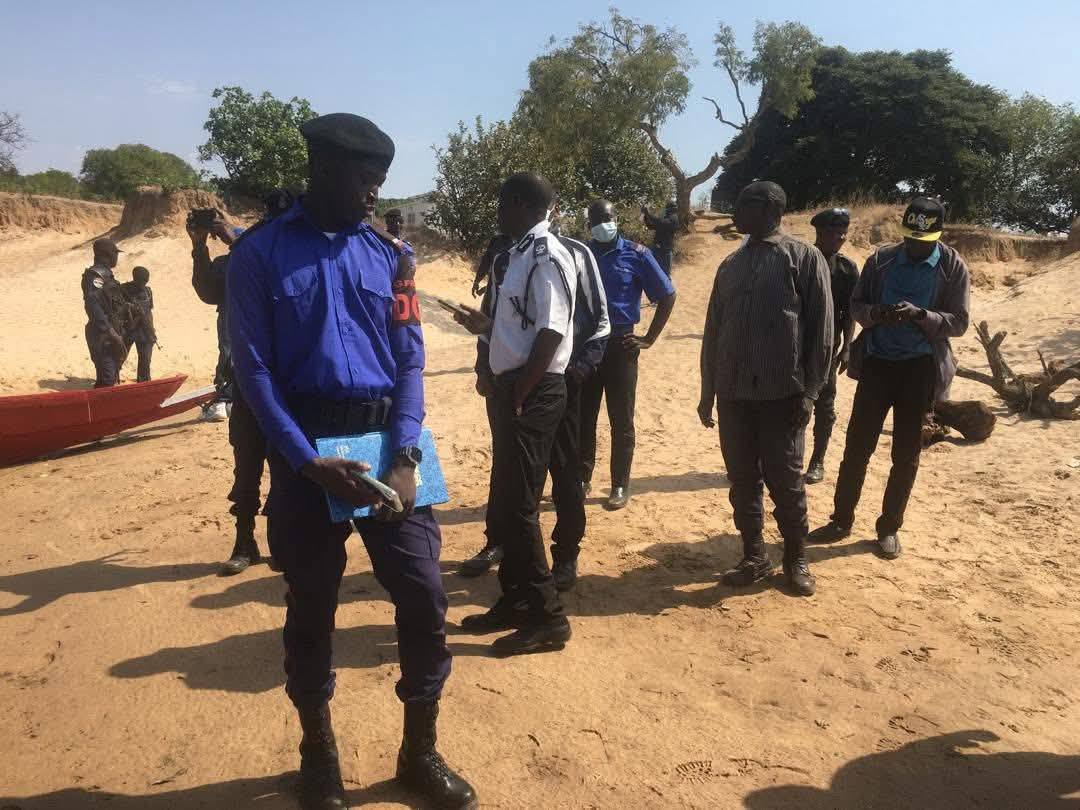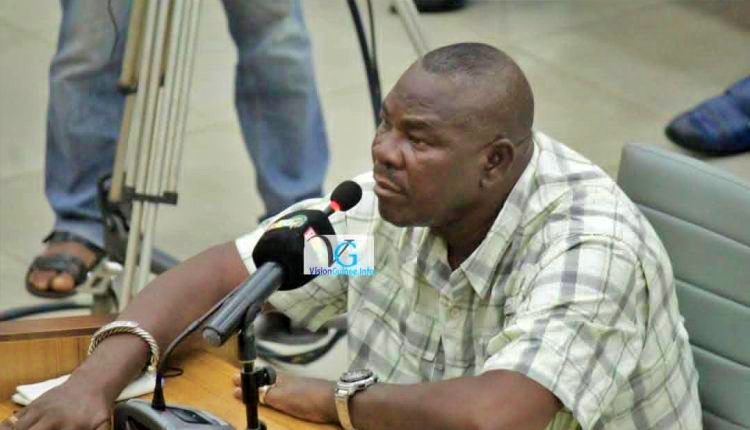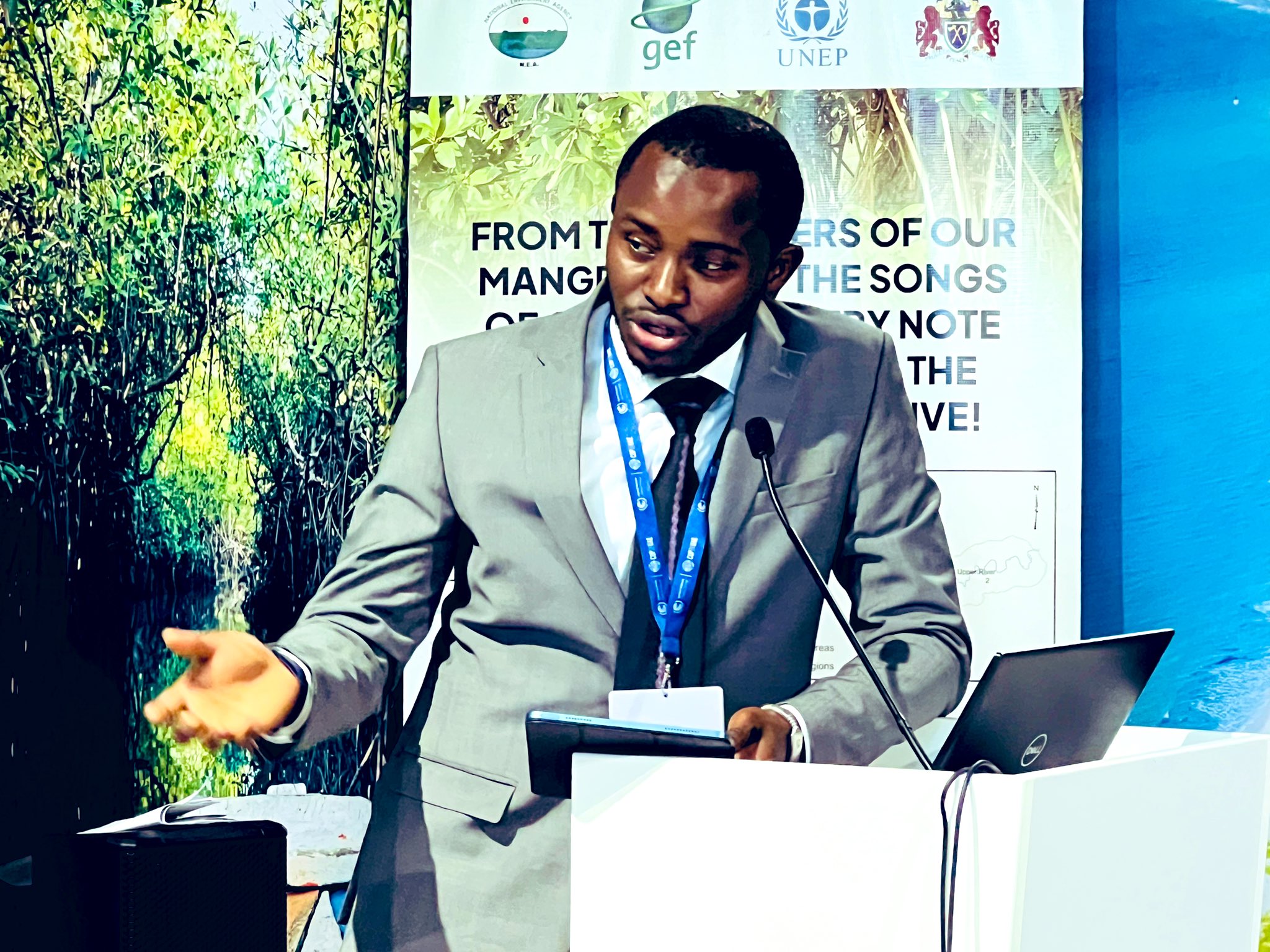On the first day of the 28th United Nations climate change conference, known as COP28, global leaders agreed to operationalize the Loss and Damage Fund established at last year’s conference.
”The Loss and Damage Fund is meant to cover the negative effects or harms caused by climate change in communities that have limited or no coping capacity to deal with these stressors,” said Nfamara Dampha, a research scientist at the University of Minnesota’s Institute on the environment who is also a party delegate for the Gambia at COP28.
“This can include things like complete disappearance of villages in small island nations, for coastal communities and coastal resources that are affected by rising sea levels. It may also include things like loss of language, cultural heritage, and extinction of certain species or loss of critical natural capital assets.”
The fund is a major focus of this year’s conference. Some countries pledged as much as $100 million right away. The U.S. plans to contribute $17.5 million if Congress gives the green light. Still, some advocates say hundreds of billions more are needed in the future.
The idea behind the fund is for developed nations to financially compensate developing countries dealing with the harmful — and very costly — impacts of climate change.
Last year, for example, the Gambia had the largest rainfall in more than 30 years and thousands of families were displaced, Dampha said. The damage from this single event was valued at more than $125 million, about 6.5 percent of Gambia’s 2020 GDP, according to Dampha.
As these climate events continue, he says developed countries not only have a legal responsibility to help vulnerable countries but also a “moral and ethical responsibility.”










